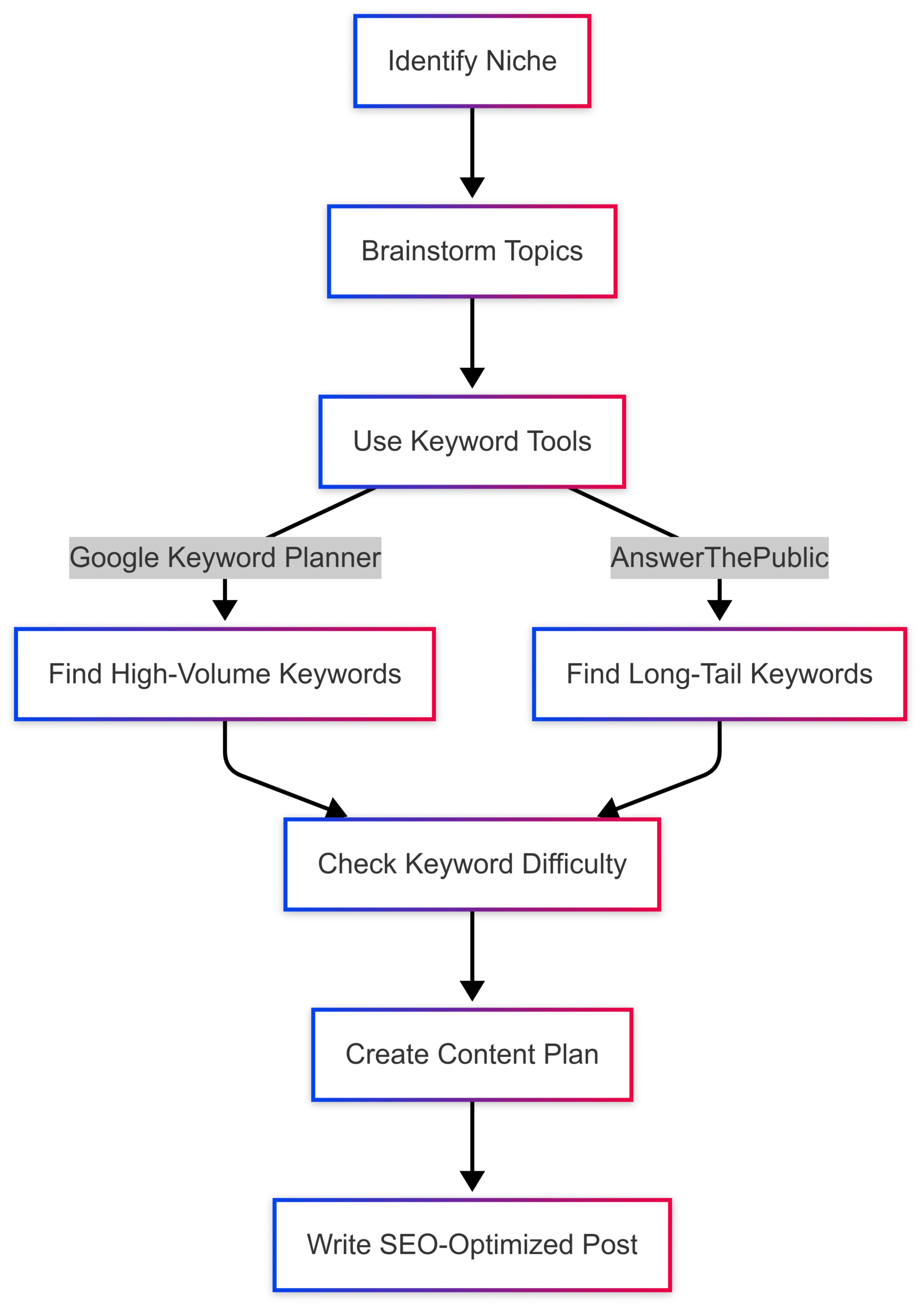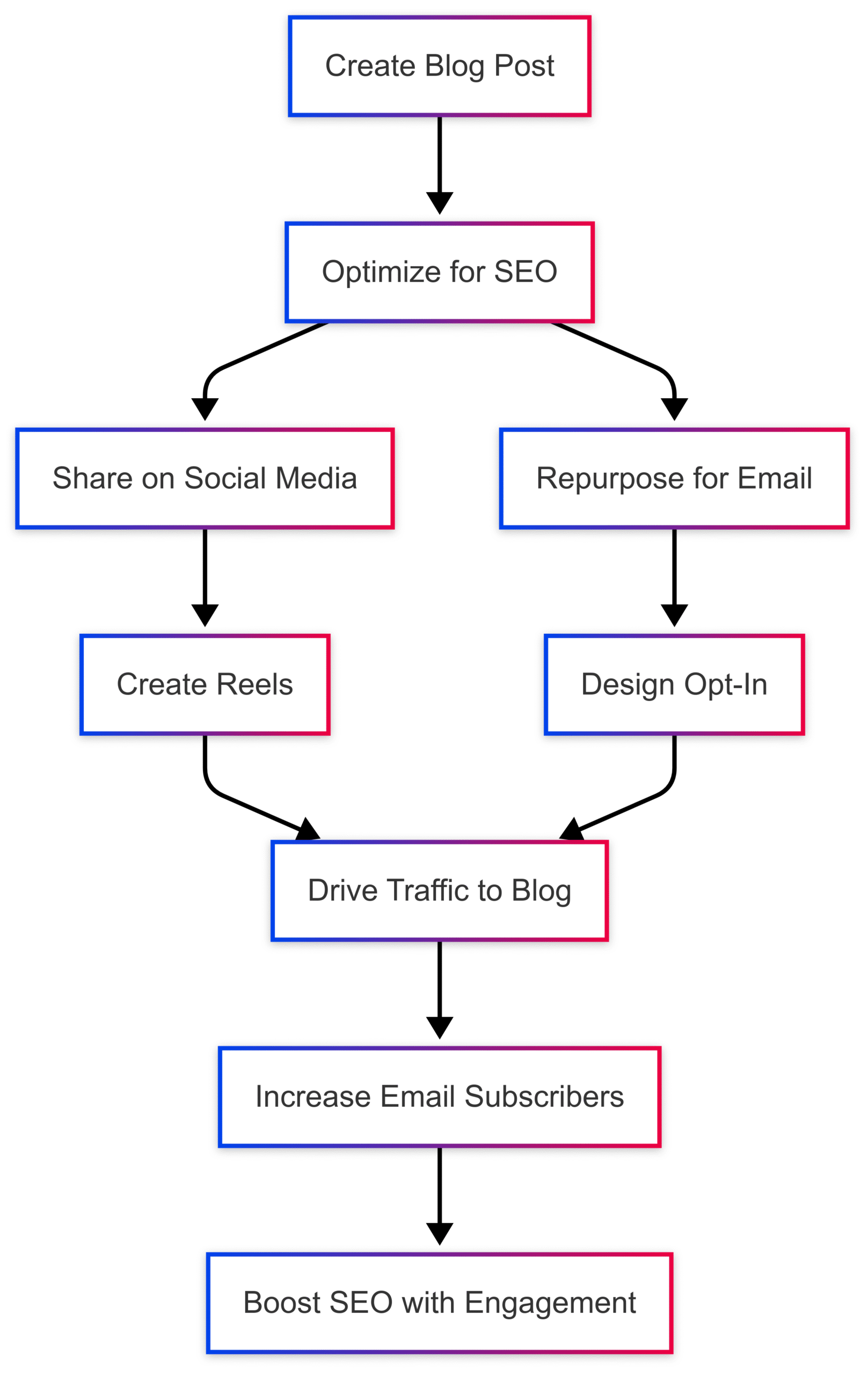Discover the top 10 Food Blogger Pro podcast episodes on food blogging SEO. Learn expert tips on E-E-A-T, keyword research, Core Web Vitals, and more to boost your blog’s rankings.
Food blogging is a dynamic blend of culinary creativity and digital strategy, with search engine optimization (SEO) serving as a cornerstone for driving traffic and building a sustainable online presence. The Food Blogger Pro Podcast, hosted by Bjork Ostrom, has been a vital resource for food bloggers for nearly a decade, offering actionable insights from industry experts. With over 430 episodes, the podcast covers everything from monetization to photography, but its SEO-focused episodes stand out for their depth and practicality. This article dives into the top 10 Food Blogger Pro podcast episodes that provide essential SEO strategies for food bloggers, offering clear, expert-driven advice to elevate your blog’s performance on search engines like Google.
Why SEO Matters for Food Bloggers
SEO is the backbone of organic traffic for food blogs. With millions of recipes and food-related content online, ranking high on search engine results pages (SERPs) is critical to attracting readers. Effective SEO involves optimizing content for relevant keywords, ensuring technical performance, and aligning with Google’s evolving algorithms, such as E-E-A-T (Experience, Expertise, Authoritativeness, and Trustworthiness) and Core Web Vitals. These podcast episodes distill complex SEO concepts into practical steps, helping bloggers increase pageviews, improve rankings, and monetize their content effectively.
Below, we explore the top 10 episodes, highlighting key takeaways, expert insights, and actionable strategies. Each episode is a masterclass in a specific aspect of SEO, from keyword research to technical optimization, making them must-listens for food bloggers aiming to grow their audience.
1. E-E-A-T, Static Homepages, AI, and More Food Blog SEO Advice with Casey Markee (Episode 399)
Casey Markee, an SEO expert, breaks down critical elements of food blog SEO in this episode. He emphasizes E-E-A-T, Google’s framework for evaluating content quality. For food bloggers, demonstrating expertise (e.g., through detailed recipes and culinary knowledge), authoritativeness (e.g., credible backlinks), and trustworthiness (e.g., transparent sourcing) is essential for ranking well. Markee also advocates for a static homepage, which provides a clear, user-friendly entry point to your blog, improving navigation and SEO. Additionally, he explores the role of AI in content creation, cautioning bloggers to use AI tools strategically to enhance, not replace, authentic content.
Key Takeaways:
- Build E-E-A-T by showcasing your culinary expertise and linking to reputable sources.
- Use a static homepage to improve user experience and SEO.
- Leverage AI for ideation but prioritize original content to maintain authenticity.
Actionable Tip: Audit your blog’s “About” page to highlight your culinary credentials and ensure your homepage is static, featuring key categories like recipes or popular posts.
2. How Keyword Research, Resilience, and Resourcefulness Helped Casey Rooney Make a Six-Figure Income in Two Years (Episode 405)
Casey Rooney, creator of Get On My Plate, shares her journey to a six-figure income through disciplined keyword research and a streamlined workflow. She explains how targeting high-intent, low-competition keywords drove traffic to her blog. Rooney also discusses monetization strategies, such as ad networks and affiliate marketing, emphasizing the importance of aligning content with reader intent. Her decision to focus on SEO over social media allowed her to maximize organic traffic and revenue.
Key Takeaways:
- Conduct keyword research to identify high-value, low-competition terms.
- Streamline workflows to create consistent, SEO-optimized content.
- Prioritize organic traffic over social media for sustainable growth.
Actionable Tip: Use tools like Ahrefs or SEMrush to find keywords with low difficulty and high search volume, such as “easy weeknight dinners” or “healthy dessert recipes.”
3. How Core Web Vitals and Image Size Impact Search Ranking with Andrew Wilder (Episode 407)
Andrew Wilder, a WordPress expert, dives into Core Web Vitals, Google’s metrics for assessing user experience (e.g., page load speed, interactivity, and visual stability). He explains how optimizing images—through proper sizing, compression, and formatting—can improve site performance and rankings. Wilder also covers best practices for Featured Images, recommending consistent dimensions and alt text for accessibility and SEO.
Key Takeaways:
- Optimize images to reduce load times and improve Core Web Vitals scores.
- Use tools like ShortPixel or TinyPNG for image compression.
- Ensure Featured Images are consistent and include descriptive alt text.
Actionable Tip: Resize images to 1200px width (or less) and compress them to under 100KB before uploading to your blog.
Table: Core Web Vitals Metrics and Targets
| Metric | Description | Target |
|---|---|---|
| Largest Contentful Paint (LCP) | Time to load main content | ≤ 2.5 seconds |
| First Input Delay (FID) | Time to respond to user input | ≤ 100 milliseconds |
| Cumulative Layout Shift (CLS) | Visual stability score | ≤ 0.1 |
4. What Google is Expecting from Food Creators with Arsen Rabinovich (Episode 380)
Arsen Rabinovich unpacks Google’s expectations for food content, focusing on algorithm updates and ranking factors. He emphasizes creating high-quality, user-focused content that aligns with search intent. Rabinovich also discusses domain authority, advising bloggers to build backlinks from reputable food-related sites to boost credibility.
Key Takeaways:
- Align content with search intent (e.g., informational, transactional).
- Build domain authority through guest posts and collaborations.
- Stay updated on algorithm changes to maintain rankings.
Actionable Tip: Create content that answers specific user queries, such as “how to make vegan brownies,” and pitch guest posts to authoritative food blogs.
5. How Elena Davis Went From 20k to 100k+ Monthly Pageviews and Got Accepted Into Mediavine (Episode 372)
Elena Davis shares her journey from 20,000 to over 100,000 monthly pageviews, culminating in acceptance to Mediavine, a premium ad network. Her success stemmed from strategic SEO, including optimizing old posts, targeting long-tail keywords, and improving site structure. Davis also highlights the importance of content updates to maintain relevance.
Key Takeaways:
- Update old posts with fresh content and optimized keywords.
- Target long-tail keywords to attract niche audiences.
- Optimize site structure for better user experience and SEO.
Actionable Tip: Audit your top-performing posts and refresh them with new images, updated recipes, and relevant keywords.
6. How to Increase Your Organic Traffic with Keyword Research with Aleka Shunk (Episode 362)
Aleka Shunk, creator of Cooking With Keywords, offers a deep dive into keyword research strategies. She explains how to identify keywords and modifiers (e.g., “quick,” “easy,” “healthy”) that resonate with your audience. Shunk recommends tools like Google Keyword Planner and AnswerThePublic to uncover search trends and user questions.
Key Takeaways:
- Use keyword modifiers to target specific audiences (e.g., “gluten-free dinner recipes”).
- Leverage free tools like Google Keyword Planner for beginner-friendly research.
- Focus on user intent to create relevant, high-ranking content.
Actionable Tip: Create a list of 10 long-tail keywords using AnswerThePublic, then craft blog posts around them.
Chart: Keyword Research Workflow

7. Serving Your Audience – How Emma Duckworth Doubled Her Pageviews by Focusing on SEO (Episode 333)
Emma Duckworth, of Emma Duckworth Bakes, doubled her pageviews by prioritizing SEO and understanding her audience. She used the avatar exercise to define her ideal reader, optimizing her homepage and recipe categories accordingly. Duckworth’s mentor-guided approach helped her align content with audience needs, boosting engagement and rankings.
Key Takeaways:
- Define your audience through an avatar exercise to tailor content.
- Optimize homepage and category pages for SEO and user experience.
- Work with an SEO mentor to accelerate growth.
Actionable Tip: Create an audience avatar by listing your ideal reader’s demographics, preferences, and pain points, then tailor your content to address them.
8. Blogging with a Full-Time Job (Part Two) – How Focusing on SEO Led to $2,000 Monthly Earnings with Cree Carraway (Episode 343)
Cree Carraway, from Cooking with Bliss, shares how she balanced a full-time job with blogging, earning $2,000 monthly through SEO. Her focus on keyword research and joining an ad network drove significant traffic growth. Carraway emphasizes consistency and strategic content planning.
Key Takeaways:
- Prioritize SEO even with limited time to maximize traffic.
- Join ad networks like Mediavine or AdThrive for monetization.
- Batch content creation to maintain consistency.
Actionable Tip: Dedicate one hour weekly to keyword research and content planning to optimize your blogging schedule.
9. Shifting Your Mindset – Leaning into SEO and Learning from Industry Experts with Ali Stafford (Episode 337)
Ali Stafford, of Alexandra’s Kitchen, discusses her shift toward an SEO-focused mindset. By working with consultants, she optimized her content strategy, improved site performance, and grew her traffic. Stafford’s episode highlights the value of learning from experts and adapting to SEO trends.
Key Takeaways:
- Collaborate with SEO consultants to identify growth opportunities.
- Shift your mindset to prioritize data-driven content strategies.
- Continuously learn from industry leaders to stay competitive.
Actionable Tip: Attend an SEO webinar or hire a consultant to audit your blog and recommend improvements.
10. Going All In – How Sarah Cook Went From 17k to 600k Monthly Pageviews (Episode 322)
Sarah Cook, of Sustainable Cooks, achieved explosive growth from 17,000 to 600,000 monthly pageviews by investing in SEO. She deleted underperforming posts, partnered with an accountability buddy, and optimized her content strategy. Cook’s episode underscores the power of strategic content pruning and collaboration.
Key Takeaways:
- Delete or update low-performing posts to improve site quality.
- Partner with an accountability buddy to stay motivated.
- Invest in SEO tools and training for long-term growth.
Actionable Tip: Use Google Analytics to identify underperforming posts, then update or remove them to boost overall site performance.
Additional Insights from Related Episodes
While not in the top 10, Episode 522 with Lindsay Ostrom (Pinch of Yum) offers complementary insights on repurposing content for SEO and email list growth. Ostrom’s strategy of transforming blog posts into Instagram Reels and email opt-ins highlights how SEO can extend beyond your website. Similarly, Episode 519 with Christina Leopold (Addicted to Dates) emphasizes consistency and community engagement, both of which amplify SEO efforts by fostering trust and repeat traffic.
Chart: SEO and Content Repurposing Workflow

Tools and Resources for Food Blogging SEO
To implement the strategies from these episodes, consider the following tools:
| Tool | Purpose | Price (Approximate) |
|---|---|---|
| Ahrefs | Keyword research, backlink analysis | $99–$999/month |
| SEMrush | SEO auditing, competitor analysis | $119.95–$449.95/month |
| Google Keyword Planner | Free keyword research | Free |
| AnswerThePublic | Discover user questions | Free (limited); $99/month |
| ShortPixel | Image compression | Free (limited); $3.99/month |
| Yoast SEO | On-page SEO optimization | Free; Premium $99/year |
Note: For pricing details on ad networks like Mediavine or premium subscriptions, visit their official websites, as costs vary based on traffic and requirements.
How to Get Started with Food Blogging SEO
- Audit Your Site: Use tools like Google Search Console to identify technical issues and low-performing pages.
- Conduct Keyword Research: Focus on long-tail keywords relevant to your niche (e.g., “vegan breakfast recipes”).
- Optimize Content: Ensure recipes include detailed instructions, high-quality images, and keyword-rich meta descriptions.
- Improve Site Speed: Compress images and enable caching to enhance Core Web Vitals.
- Build Backlinks: Collaborate with other food bloggers or contribute guest posts to reputable sites.
- Track Progress: Monitor traffic and rankings with Google Analytics and Ahrefs.
Conclusion
The Food Blogger Pro Podcast offers a wealth of SEO knowledge for food bloggers, with these 10 episodes providing a comprehensive guide to boosting your blog’s visibility and revenue. From mastering E-E-A-T and keyword research to optimizing Core Web Vitals and building community, these episodes equip you with the tools to succeed in a competitive digital landscape. Listen to the full episodes via the Food Blogger Pro playlist, and start implementing these strategies to grow your food blog today.
Resources:
Subscribe to the Food Blogger Pro Podcast on your favorite platform to stay updated on the latest SEO trends and food blogging tips. Happy blogging!
Please share these Top 10 FBP Podcast Episodes about Food Blogging SEO with your friends and do a comment below about your feedback.
We will meet you on next article.
Until you can read, What is recipe schema and how does it impact my food blog?
